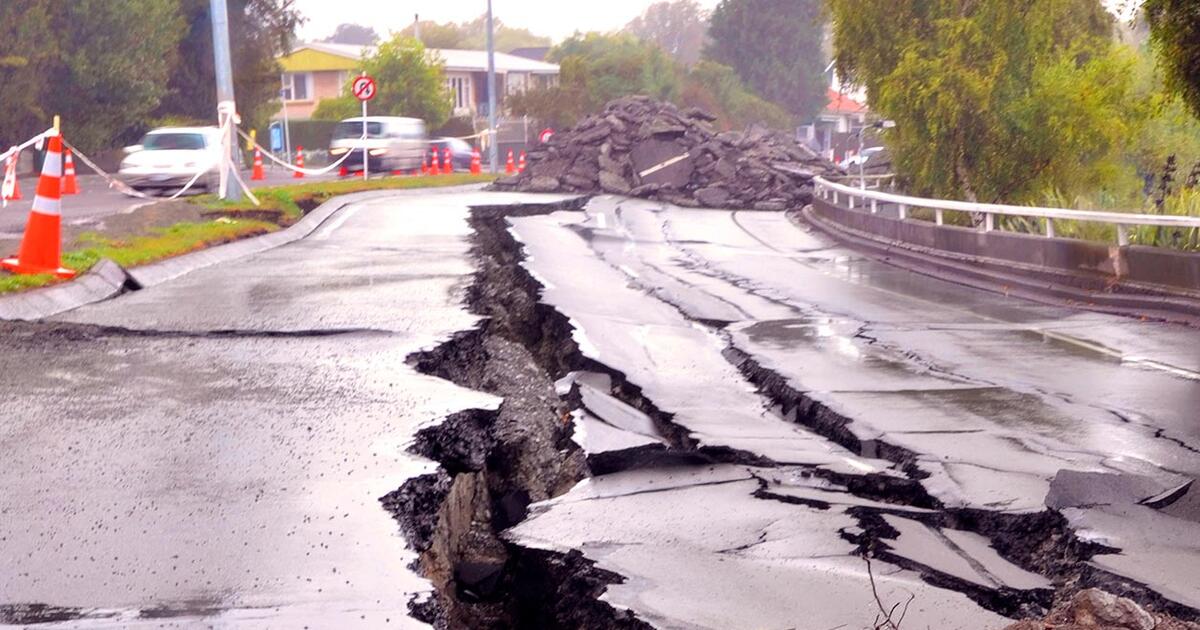Introduction
Define what an earthquake is and provide some background information on how they occur.
Mention some of the recent earthquakes that have happened around the world and the impact they had.
Causes of Earthquakes
Explain the three main causes of earthquakes: tectonic activity, volcanic activity, and human activity.
Discuss each cause in more detail and give examples of the type of earthquakes they can produce.
Measuring Earthquakes
Describe the tools and techniques used to measure earthquakes, including seismometers, Richter scale, and moment magnitude scale.
Explain the difference between magnitude and intensity and how they are used to describe earthquakes.
Effects of Earthquakes
Discuss the various effects of earthquakes, including ground shaking, landslides, tsunamis, and aftershocks.
Describe how these effects can impact people, buildings, and infrastructure.
Preparing for Earthquakes
Provide some tips on how to prepare for an earthquake, including creating an emergency plan, securing furniture and appliances, and stocking up on emergency supplies.
Mention some of the resources available to help people prepare for earthquakes, such as earthquake drills and government agencies.
Conclusion
Summarize the main points of the article and reiterate the importance of being prepared for earthquakes.
Encourage readers to share the information with others and take action to ensure their safety in the event of an earthquake.
Types of Faults
Explain the different types of faults that can cause earthquakes, including normal, reverse, and strike-slip faults.
Provide examples of each type of fault and the earthquakes they can produce.
Historic Earthquakes
Discuss some of the most significant earthquakes in history and their impact on society, such as the 1906 San Francisco earthquake and the 2011 Tohoku earthquake and tsunami in Japan.
Describe how earthquake research and preparedness have evolved since these historic events.
Earthquake Engineering
Describe the field of earthquake engineering and how engineers design structures to withstand earthquakes.
Discuss some of the challenges that earthquake engineers face and the advancements in technology that have improved building safety.
Regional Differences
Explain how earthquake hazards and risks vary depending on the region, including factors such as geology, population density, and infrastructure.
Discuss some of the most earthquake-prone regions in the world and the unique challenges they face in preparing for earthquakes.
Aftermath and Recovery
Discuss the aftermath of an earthquake and the steps that are taken to recover, including search and rescue efforts, infrastructure repair, and mental health support.
Provide examples of successful recovery efforts and the lessons learned from past earthquakes.
Overall, there are many different angles you could take when writing about earthquakes, depending on your audience and the level of detail you want to provide. Just make sure to emphasize the importance of being prepared and staying safe in the event of an earthquake.
Plate Tectonics
Explain the theory of plate tectonics and how it relates to earthquakes.
Describe the different types of plate boundaries (convergent, divergent, and transform) and the types of earthquakes they can produce.
Tsunamis
Provide more information about how tsunamis are generated by earthquakes, and the damage they can cause.
Discuss the importance of early warning systems and evacuation plans for areas prone to tsunamis.
Human Factors
Discuss the ways in which human activity can increase the likelihood or impact of earthquakes, such as fracking, dam building, or construction in earthquake-prone areas.
Describe the steps that can be taken to minimize these risks.
Earthquake Myths
Address common misconceptions or myths about earthquakes, such as the idea that animals can predict earthquakes or that standing in a doorway is the safest place during an earthquake.
Provide accurate information to help dispel these myths.
Global Efforts
Describe international efforts to reduce the impact of earthquakes, such as earthquake monitoring networks, research initiatives, or disaster response training.
Highlight the importance of cooperation and collaboration in addressing earthquake risks worldwide.

_(cropped2).jpg)


